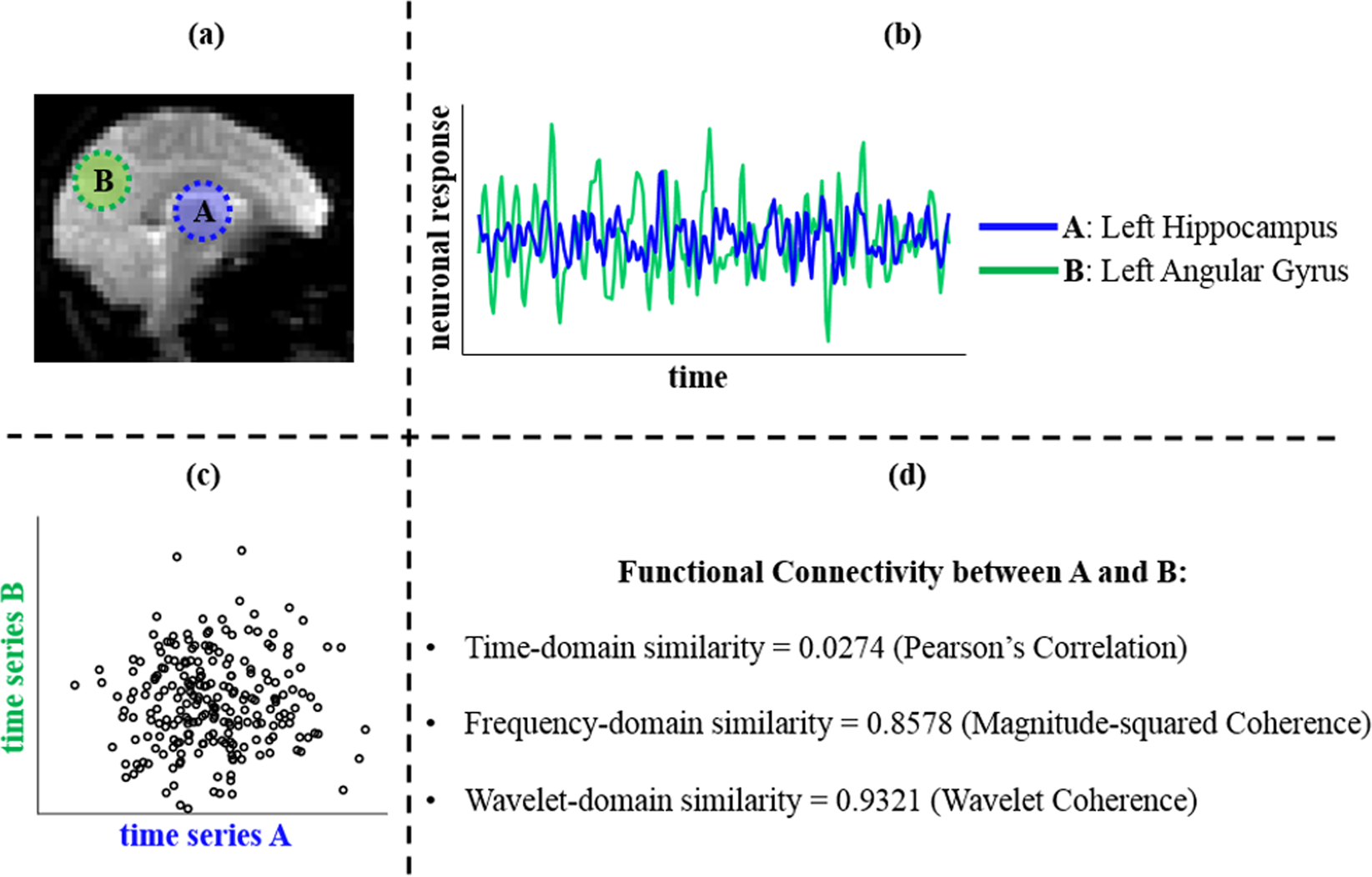

Just's team recruited 17 adults with autism and asked them, as well as 17 control subjects, to think about social interactions like adore, hug, humiliate. Prior research had found structural differences in the brains of people with autism, so the question was whether thought patterns might differ too.ĭr. But he also started wondering whether those definitions might be different in people with disorders like autism. Professor Just's goal is to one day create a dictionary of brain activation, a key to what all different thoughts look like inside our minds. Those areas lit up bright red when subjects thought about gossip not so much for spirituality. One difference between the two was in areas of the brain scientists had already shown become active when we think about other people. Marcel Just: And you see a slightly different pattern. Lesley Stahl: One of my favorite subjects. This was the activation pattern when people thought about spirituality. Could they be identifiable in the brain the way the screwdriver was? Just's main questions was whether he could find patterns for abstract ideas, so he did a study asking people to think about forgiveness, gossip, spirituality. Not trying to cure disease, but to understand the fundamental workings of our bodies, and in this case, of our minds. This is basic science, knowledge for knowledge's sake. In the decade since, Professor Just's lab has taken this technique and applied it far beyond hammers and igloos, to increasingly complex thoughts. Marcel Just: -incredible, just incredible.

It's a type of scanning called functional MRI, FMRI. In Carnegie Mellon's scanner room, two floors underground, a steady stream of research subjects come to have their brains and thoughts "read" in this MRI machine. We started our reporting on their work 10 years ago, and what they've discovered since, has drawn us back. So if that brain activity could be identified and analyzed, could our thoughts be decoded? Could our minds be read? Well, a team of scientists at Carnegie Mellon University in Pittsburgh has spent more than a decade trying to do just that.

Who among us hasn't wished we could read someone else's mind, know exactly what they're thinking? Well that's impossible, of course, since our thoughts are, more than anything else, our own.


 0 kommentar(er)
0 kommentar(er)
